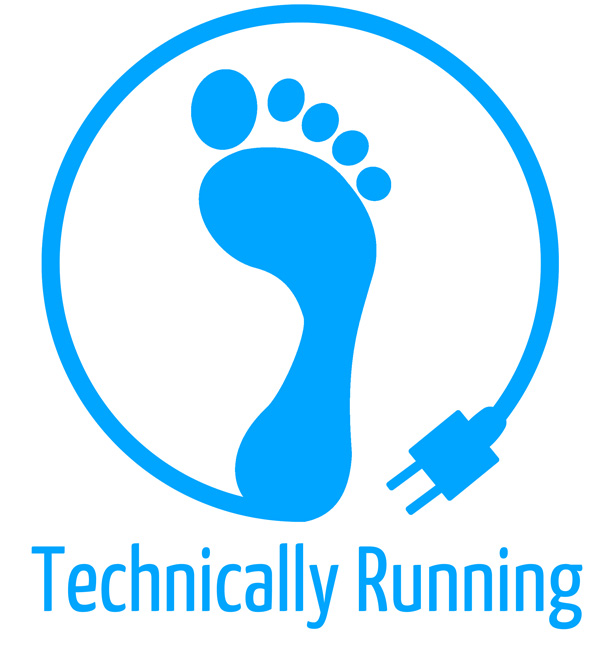Today, I got to go to the local running store, Fit2Run, here in Gainesville. My boyfriend, Dylan, has been complaining of sore feet and bad shin splints for a while now after running in his Brooks Pureflows, a minimalist shoe with a small foam cushion. Surprise, surprise, our helpful sales assistant, Scott, told him it was time for new pair of shoes. We left the store wondering if Dylan could have staved off the injuries if he would have gotten new shoes earlier.
How old are your running shoes? “Old” doesn’t just mean a length of time, but the amount of mileage they’ve run. Furthermore, the wear and tear of your running shoes depends on their specific type and construction and the type of workout you are doing in them (long/mid distance vs tempo/sprints). There are several ways to spot that it’s time for a new pair of shoes.

Notice the difference in wear between a brand new pair of Pureflows (left) and old (right), especially in the mid-sole.
Injury
Shoes that are too old have lost their cushioning ability, especially in the mid-foot, creating more of a strike shock to your legs. Shoes with worn mid-soles have also lost the majority of their stability, meaning that you are more likely to roll an ankle. If you find increased pain in your legs, knees, and lower back during your normal running routine, it’s a good sign you need new shoes!
Wear Patterns
Take a look at the bottom of your shoes. Are there obvious deep creases or cracks or severely worn areas? Depending on your foot-strike, one portion of your shoe sole may be deeply worn. For example, minimalist runners should look specifically at the middle and front sole areas. Vibram wearers should take a look at their toes. Remember that the soft, lightweight foam that makes up most minimalist shoes will compress and wear out much quicker than traditional poly-carbonate runners. Another check on the wear of the bottom of the shoe is to place the pair on a table. Look at the bottoms of the shoes from eye-level. Are they leaning to one side? If so, it is a good sign that they are worn out.
Flex
Shoes that are in need of replacement will also be worn in other areas other than the sole. The fabric making up your sneakers does eventually stretch. Thus, shoes that are too old will flex much more than new shoes of the same brand and type. Try twisting your shoes like you are wringing out a washcloth. If they twist very easily they may be worn out.
Mileage
The range experts suggest to change your shoes is pretty wide – between 300 and 500 miles! This range is due to different runners using different shoes to do different types of workouts. Those who need to replace their shoes around the 300 mile range are minimalist runners, runners who run primarily on concrete or blacktop and sprinters or tempo runners who are constantly stopping and changing direction. Also, if you use your shoes for workouts other than running, you probably will need to change shoes at the 300 mile mark. Long/mid distance runners with a traditional shoe are looking more at the 400 mile range, along with trail runners. A runner who runs only on grass or beach with a traditional shoe can push the 500 mile mark. Of course, depending on the brand of shoe some may show signs of needing replacement before 300 miles.
Dylan ended up purchasing a new pair of Vibram Bikilas for his use in stadiums and 5k runs; he’s ready for another 300 miles of awesomeness. Thanks to Fit2Run for answering all my questions and helping us understand how shoes wear down. If you are in the Gainesville area, check them out!
Ashley is a geologist at Schlumberger, specializing in geologic modeling software. She completed her Masters degree in geology from the University of Wisconsin-Madison. She is an avid runner, cyclist, and rock climber. She will pretty much race anything and everything. You can find her hanging out on White Oak in Houston, TX or climbing and running in Austin.



